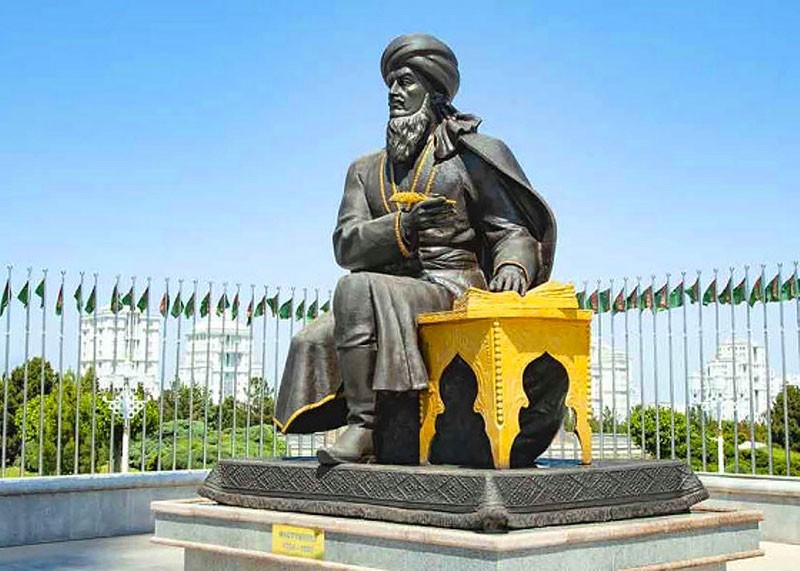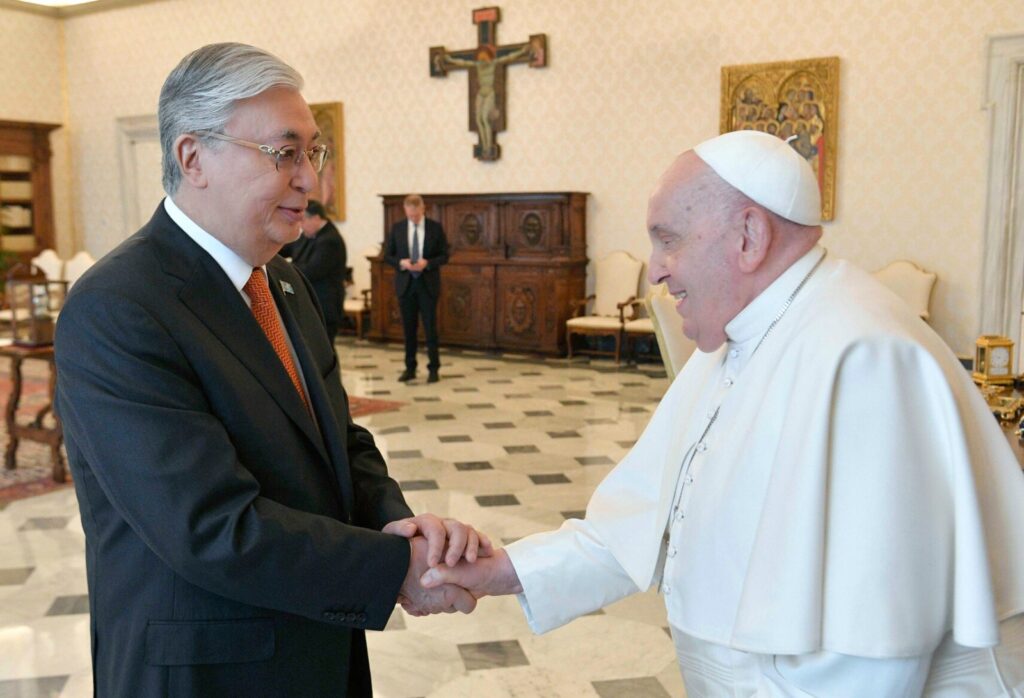The Last Emir of Bukhara – In the Shadow of Antiquity
The seventh largest city in Uzbekistan, the history of Bukhara is swathed in legends which stretch back for millennia and can be traced to the period of Aryan immigration into the region. After passing through the hands of Alexander the Great, the Bactrians, the Kushan Empire and many others, Bukhara became an epicenter of Persian culture in medieval Asia. With the rise of the Caliphate, by the end of the ninth century Bukhara was one of the most significant Islamic and cultural sites in the region. Throughout its history, Bukhara has been nourished by merchants and travelers, establishing itself as a major hub of trade and crafts on the Silk Road. Today, in the orange early morning light, women holding parasols walk their children to school down gravel alleyways to the ever-present hum of air-con units. Broom-wielding figures in high-viz orange jackets cast bulbous shadows as they sweep the dust from side to side. As the sun arcs towards its zenith, a haze develops, the heat so overpowering that even the hawkers lose the will to sell. Weaving past scant pedestrians, infrequent marshrutkas head out of town towards the glittering Summer Palace of Bukhara’s last Emir, the outsized Sayyid Mir Muhammad Alim Khan. Beyond the imposing majolica tiled gateway of the Russian-built Sitora-I Mohi Khosa – Palace of the Stars and the Magnificent Moon - the banqueting hall contains an elaborate bronze chandelier from Poland weighing half a ton. To gasps of awe, Bukhara’s first electric light shone from it during the 1910s thanks to a fifty-watt generator.[/vc_column_text][vc_single_image image="12020" img_size="full" el_class="scond-image" parallax_scroll="no" woodmart_inline="no"][vc_column_text woodmart_inline="no" text_larger="no"]An avenue of quince trees leads to an ostentation of peacocks parading around a voluminous pool, where the Emir’s harem used to frolic. Raised on a platform high above them, the Emir would sit upon his gilded throne, bejeweled and decked in golden threads, choosing his lady for the night. Escaping the conflict between reformers and imams, and ever more dependent upon the overlords who would inevitably bring about his downfall, Amir Khan spent his last years as ruler cocooned in the Summer Palace, sating his gluttonous appetite from a glass-fronted Russian refrigerator.[/vc_column_text][vc_single_image image="13877" img_size="full" el_class="scond-image" parallax_scroll="no" woodmart_inline="no"][vc_column_text woodmart_inline="no" text_larger="no"]Putting his lot in with the reformers, then switching sides in the face of the mullah’s power, in his final years the last Emir was a leaf in the wind. These were the dark days of mass executions, book burnings, and an intellectual exodus from the Emirate. When the ripples from the Bolshevik Revolution reached his kingdom, Alim Khan declared a Holy War upon the Russians and their reformist allies, the Young Bukharans. With Russian gunners initially forced back by frenzied, knife-wielding true believers, tit-for-tat retributions took place before, with their inevitable victory sealed, the Red Army set about pillaging and murdering their vanquished foes. On September 2nd 1920, soldiers raised the Red Banner from the bombed-out lantern of the Kalon Minaret. From the ninth-century Pit of the Herbalists to the Ismail Samani Mausoleum, Bukhara isn’t about...






